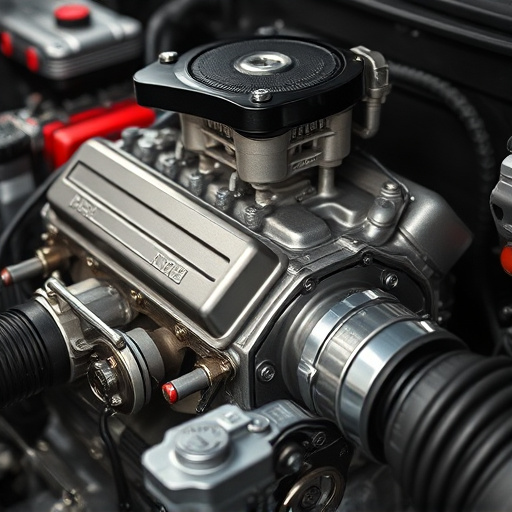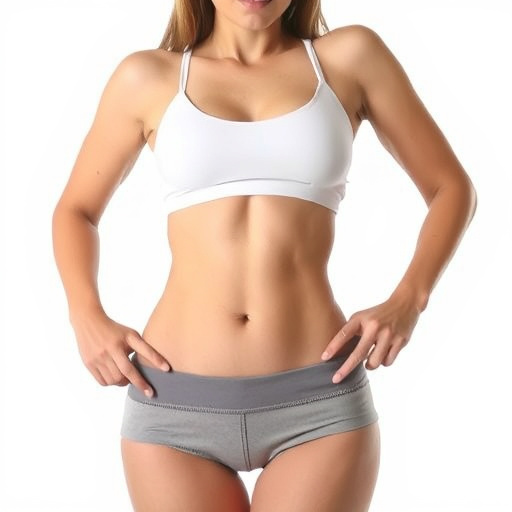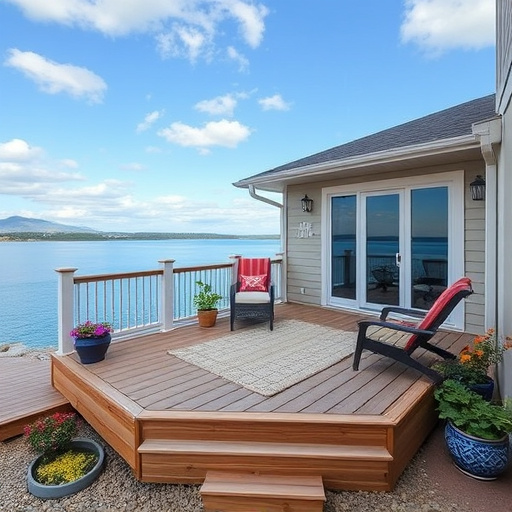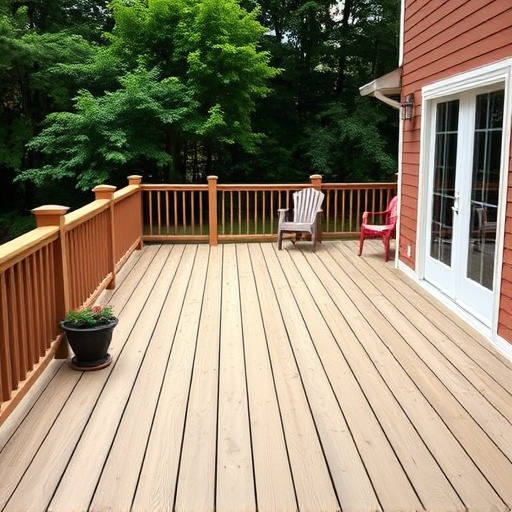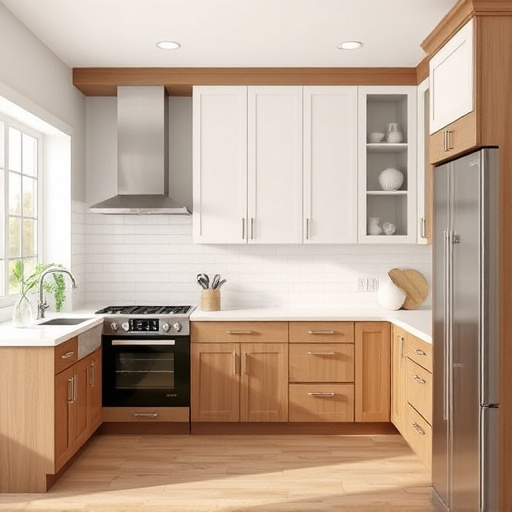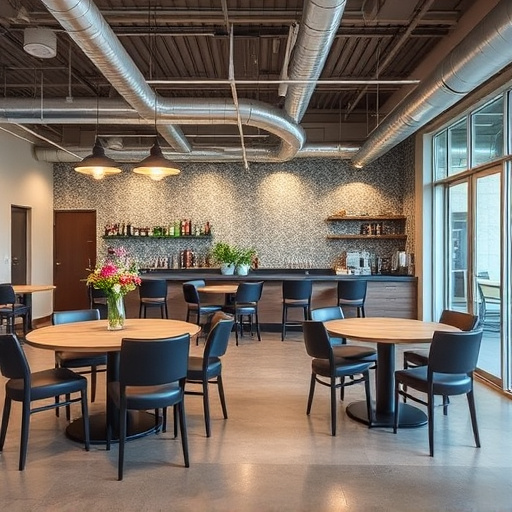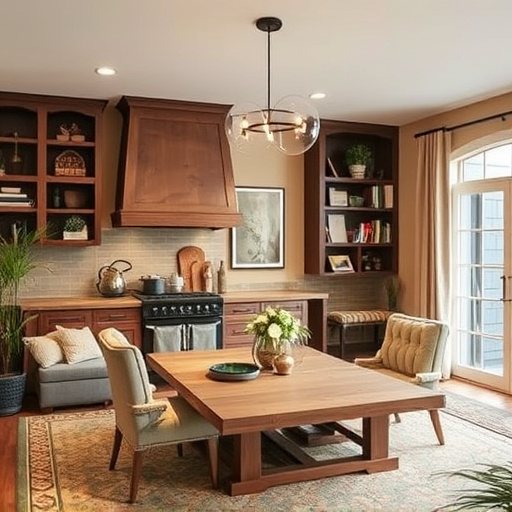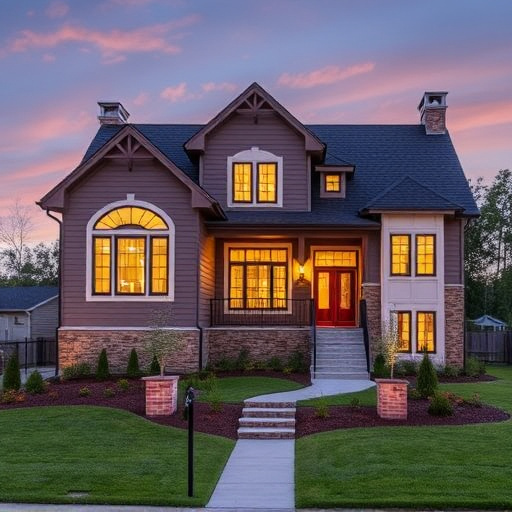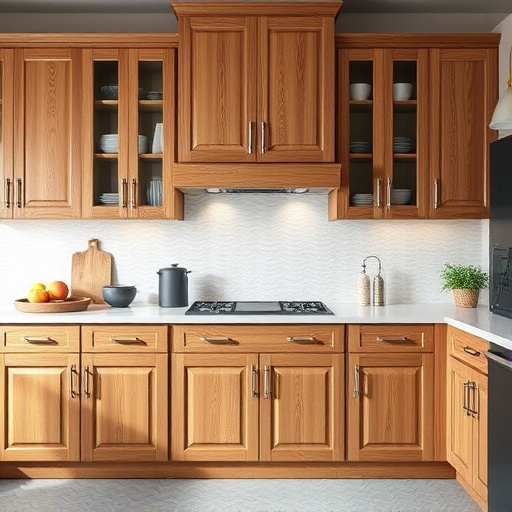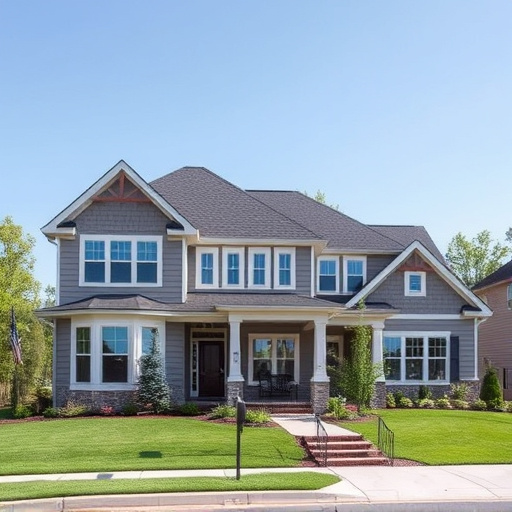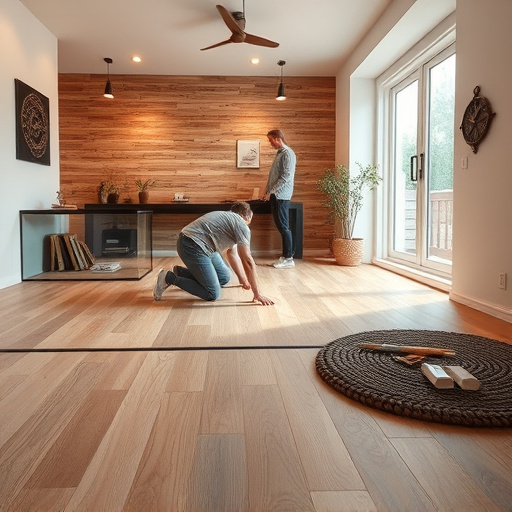By 2025, design interiors are shifting towards sustainability with eco-friendly materials like bamboo and recycled plastics gaining popularity. Minimalism 2.0 introduces clean lines, neutral palettes, and open concepts for modern living. Biophilic design brings nature indoors, using plants, wood, and organic textures to create serene spaces enhancing well-being. These trends prioritize environmental health while maintaining aesthetics in home renovations and interiors.
“Welcome to the future of home design! In 2025, several compelling trends are reshaping the way we approach design interiors. This year, sustainability takes center stage with a renewed focus on eco-friendly materials, promising an environmentally conscious overhaul. Expect uncluttered aesthetics and streamlined living spaces defining minimalism 2.0. Additionally, biophilic design brings nature indoors, fostering a harmonious connection between man-made structures and the natural world. Get ready to explore these top trends transforming homes into modern, eco-conscious retreats.”
- Sustainable Materials: Eco-Friendly Design Revitalized
- Minimalism 2.0: Uncluttered Spaces for Modern Living
- Biophilic Design: Nature's Influence on Indoor Spaces
Sustainable Materials: Eco-Friendly Design Revitalized
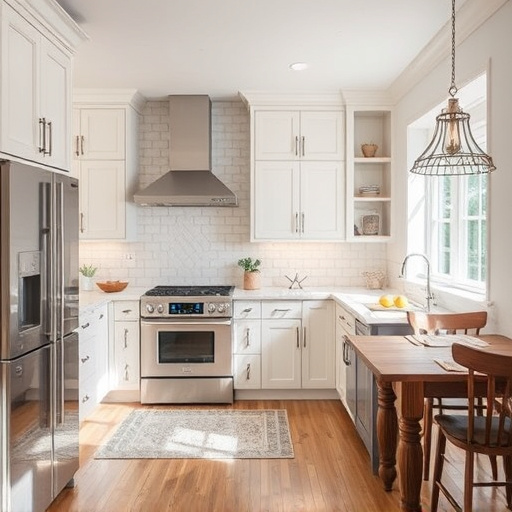
The design interiors landscape is experiencing a revitalized focus on sustainable materials in 2025, with eco-friendly practices becoming the new norm. Homeowners and designers alike are recognizing the importance of using environmentally conscious materials in every aspect of home transformations, from bathroom renovations to complete interior painting overhauls. This shift towards sustainability isn’t just a trend; it’s a testament to the growing awareness of our planet’s health.
Materials such as bamboo, recycled plastics, and reclaimed wood are gaining popularity for their reduced environmental impact. These sustainable options not only contribute to a greener world but also offer unique aesthetics that can enhance any space. As we move forward, expect to see more innovative and stylish design interiors that seamlessly blend beauty with eco-friendliness, proving that luxury and sustainability can coexist harmoniously in modern homes.
Minimalism 2.0: Uncluttered Spaces for Modern Living
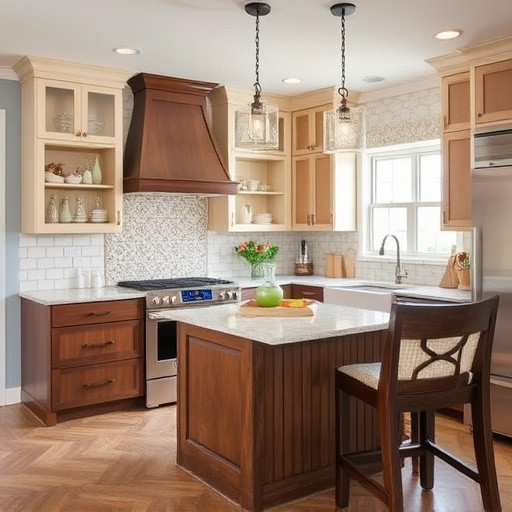
The year 2025 marks a new era in design interiors, with Minimalism 2.0 taking center stage. This evolution of minimalism focuses on creating uncluttered spaces that prioritize modern living and functionality. It’s not just about simplicity; it’s an artful blend of clean lines, neutral color palettes, and thoughtful selections of furniture and decor that enhance the overall ambiance.
In the context of home remodeling and renovation services, Minimalism 2.0 encourages open-concept layouts, natural lighting, and smart storage solutions. This trend invites homeowners to embrace a more intentional lifestyle by decluttering their spaces and focusing on quality over quantity in terms of both design and possessions. Whether through a complete home renovation or thoughtful updates, these principles promise to deliver serene, inviting homes that reflect the essence of contemporary living.
Biophilic Design: Nature's Influence on Indoor Spaces
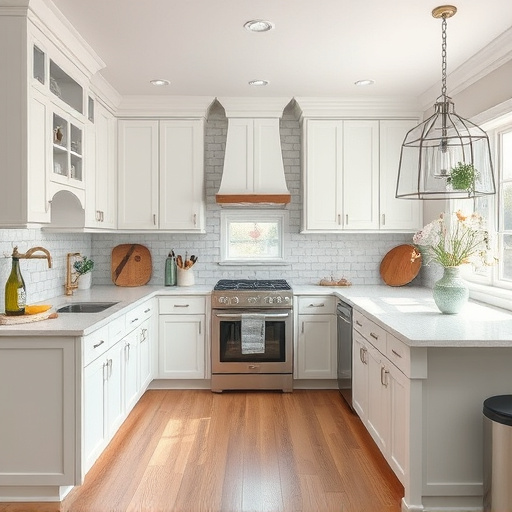
Biophilic design, which translates to ‘life-loving design’, is a growing trend that brings nature indoors, reconnecting residents with their environment. This approach leverages natural elements like plants, wood finishes, and organic textures to create serene, healthy spaces. By incorporating these influences into home renovation projects, whether it’s adding indoor gardens, installing living walls or even updating flooring with eco-friendly, natural materials, residential renovations feel more connected to the outdoors. The result is not just aesthetically pleasing interiors but also improved mental well-being and a stronger sense of calm for homeowners.
This trend goes beyond mere decor; it’s about creating sustainable spaces that mimic nature’s rhythms and patterns. From floor replacements with bamboo or cork to the strategic placement of plants, biophilic design offers a range of opportunities for both functional and aesthetic transformations in any home. It’s a growing movement that promises to redefine how we live, work, and relax within our own four walls.
As we look ahead to 2025, the future of home design promises a harmonious blend of sustainability, minimalism, and nature-inspired aesthetics. These top trends in design interiors not only cater to modern living but also reflect a growing consciousness for environmental stewardship. By embracing eco-friendly materials, streamlined designs, and connections with the outdoors, homeowners can create beautiful, functional spaces that thrive in our ever-evolving world.

